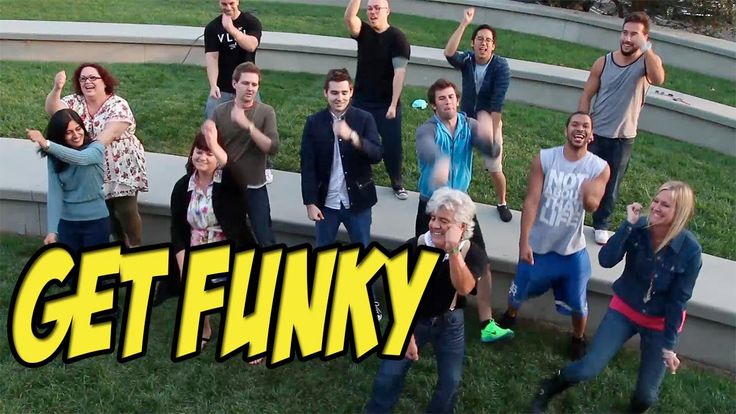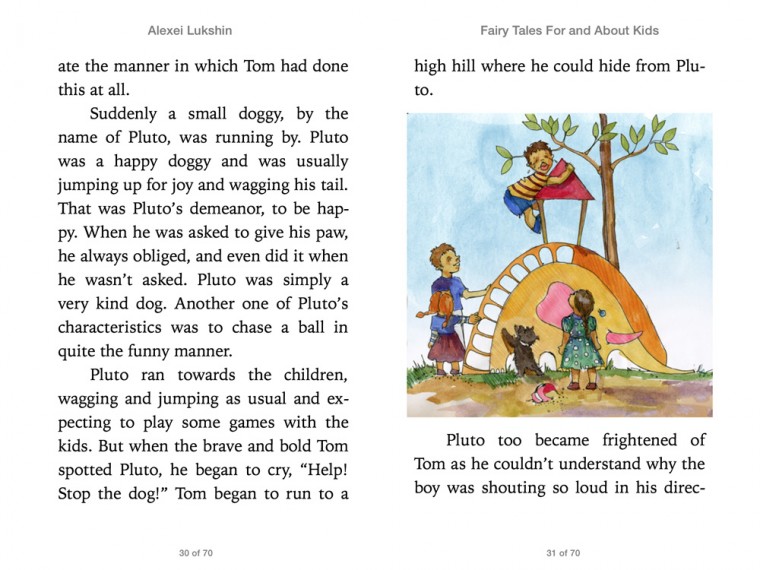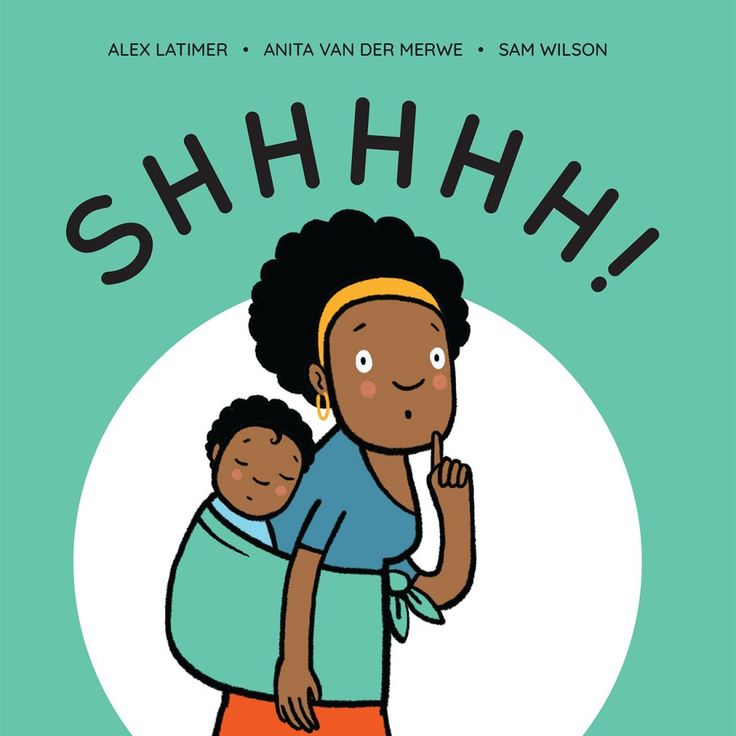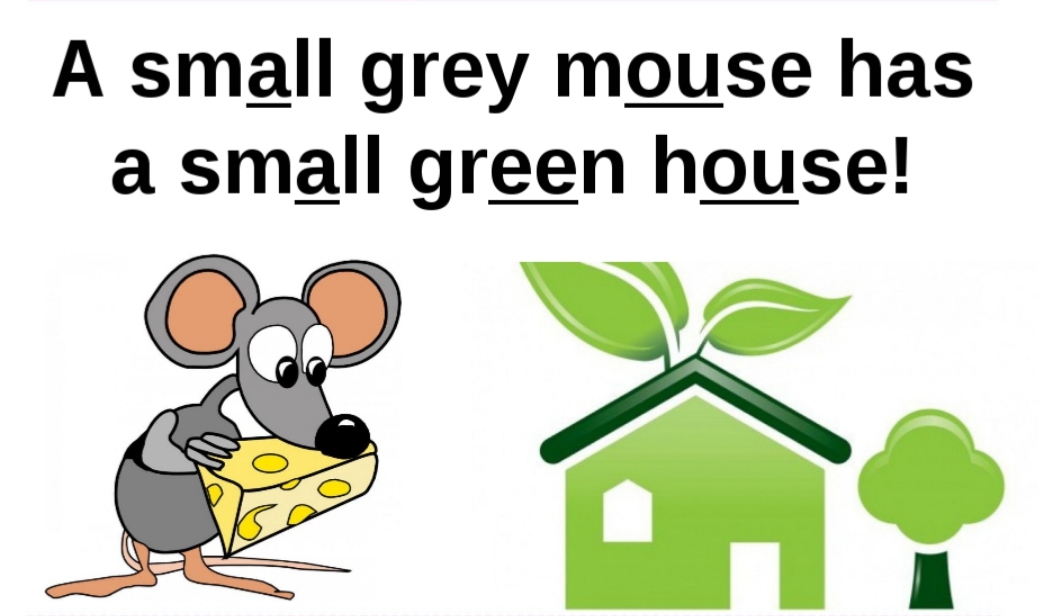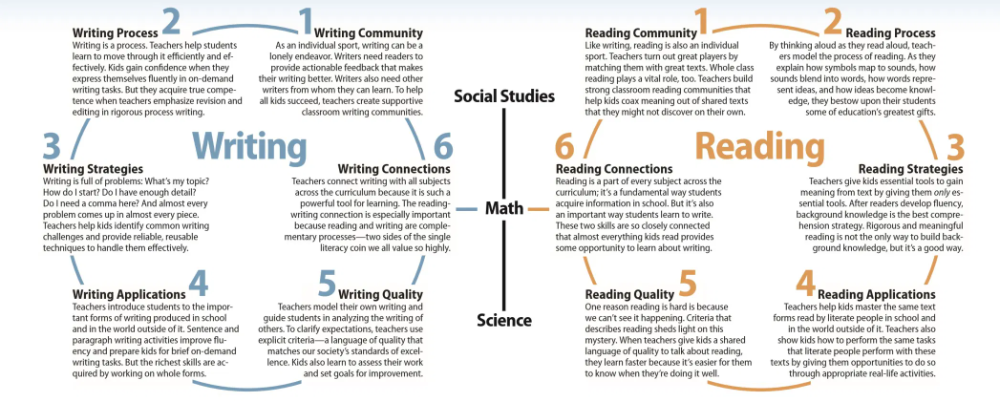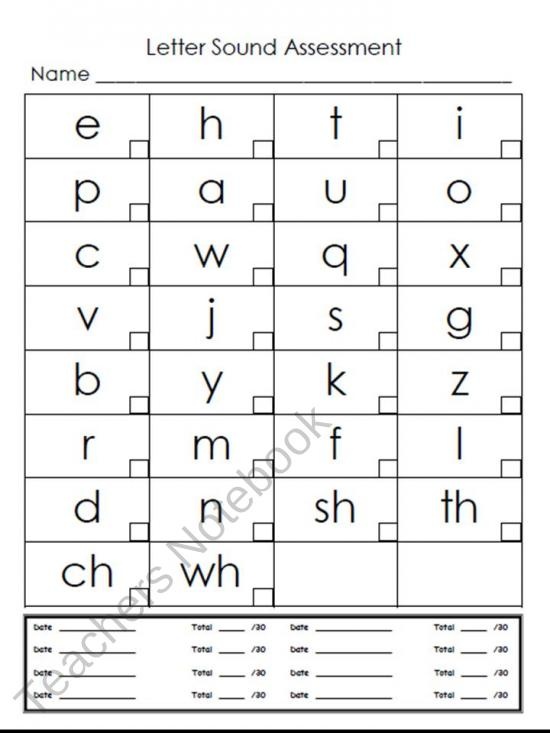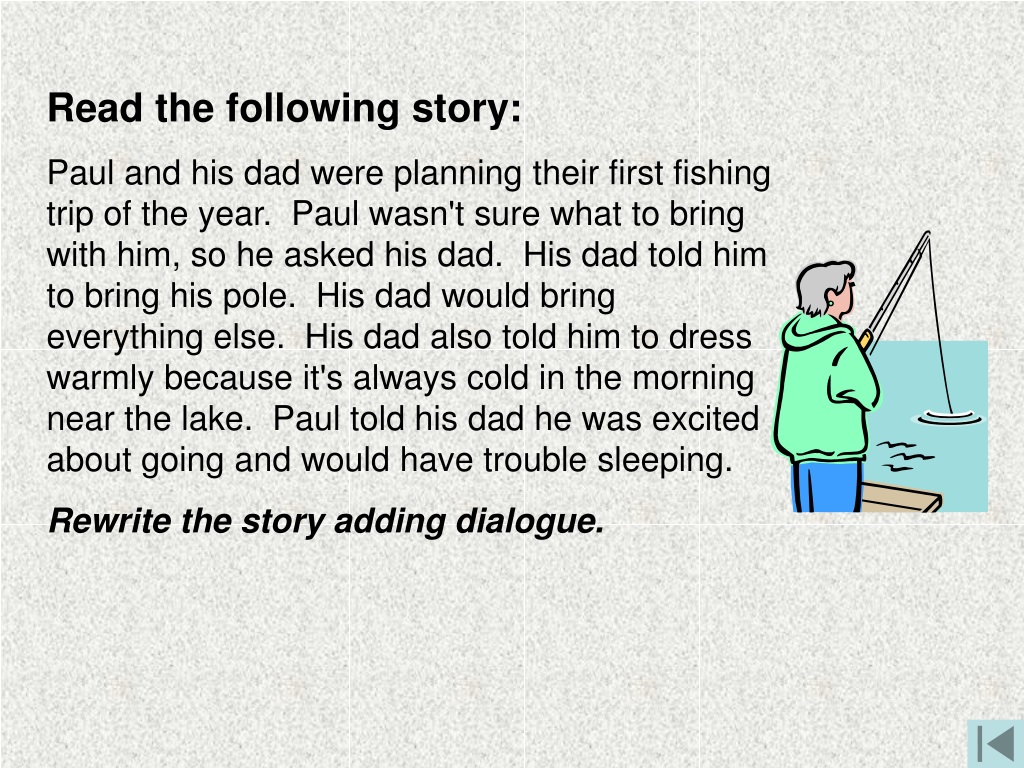Dance brain break
Just Dance Brain Breaks to Energize Students
In our last post in our Ultimate Guide to Brain Break Activities series, we took a look at calming brain breaks in the classroom. These particular brain breaks help students achieve a sense of regularity amongst themselves and help bring down an unnecessarily high energy level in the classroom.
What about when students need a little pick-me-up?
Just as much as brain breaks can be calming, they can also be energizing. While we’ve mentioned before that anything that gets the blood pumping and oxygen flowing to the brain is effective, there are still ways to increase those energy levels when they really need a boost. A great way to do this is with Just Dance brain breaks.
if you are unfamiliar, Just Dance Is a video game that was released in 2009 that gives players choreographed dances to complete, and, in the spirit of the game itself, their skills are rated.
However, if you go onto YouTube you can find a number of Just Dance video performances that do not have the competitive element to them.
Instead, there are all different songs, many of which your students will know and love, with dances that go along with them. You can play the video and your students can follow along and learn the moves.
Of course, you can add a competitive element to this if you perhaps use the same video for a week and at the end had some type of a dance-off with your students. You can completely ignore the competitive element and just do it for fun.
However you choose to give them a whirl, these movement activities are so much fun. Who knew such a simple dance would make a significant difference in the school day?
Table of Contents
- 1 Why Just Dance Brain Breaks Make Sense
- 2 Dinosaur Stomp Koo Koo Kanga Roo
- 3 Ding Dong Song’ Crazy Frogs Video
- 4 Cha Cha Slide’ Instructional Video
- 5 Boom Chicka Boom
- 6 Can’t Stop The Feeling
- 7 Apache (Jump On It)
- 8 Watch Me (Whip/Nae Nae)
- 9 Despacito
- 10 Just Dance Brain Breaks: A Recap
- 11 Just Dance Brain Breaks and the 4 Keys
Why Just Dance Brain Breaks Make Sense
Just Dance kids brain breaks can be an excellent form of stress relief for students. They are able to relieve some of the pressure they feel when in the classroom environment. It’s also a great way to help them burn off excess energy they may have built up during the day. Another bonus is that Just Dance breaks are free or very inexpensive for classroom teachers, depending on the Just Dance game you choose to play.
They are able to relieve some of the pressure they feel when in the classroom environment. It’s also a great way to help them burn off excess energy they may have built up during the day. Another bonus is that Just Dance breaks are free or very inexpensive for classroom teachers, depending on the Just Dance game you choose to play.
The fact that you can access so many of them on YouTube is also extremely helpful for the classroom environment. Whether you need the students to calm down or “rev up”, you can easily find exactly what you’re looking for with Just Dance brain breaks. Just Dance brain breaks are also great for increasing focus among students. Whether they can dance freely without following along with lyrics, or choose to follow along with lyrics, the movements of the routines help increase their focus by allowing them to concentrate on something other than sitting in class.
And no, you don’t have to teach physical education to rock this!
Additionally, Just Dance brain breaks can help develop social skills. By choosing to dance along with someone they know, such as a friend, students are able to increase their interpersonal skills.
By choosing to dance along with someone they know, such as a friend, students are able to increase their interpersonal skills.
Click Here for More Student-Centered Ideas
Just Dance brain breaks can also be used as an introduction to new content or activities that may need to be taught in the classroom. For example, if you’re teaching about a topic that requires students to do some kind of movement, such as learning about plants and then having them walk like plants sway in the wind, you can use Just Dance brain breaks to prepare your students for this type of activity.
In addition to all the reasons listed above, I’ve found that Just Dance brain breaks are a great option for adults who want to burn off some excess energy throughout the day. Just Dance brain breaks are also great for students of any age who need to remember basic choreography or just want to follow along with their favorite songs.
The best part about utilizing a brain break dance is that the Just Dance franchise takes into account those following along with their dances and offers many routines for different levels of “rhythm”.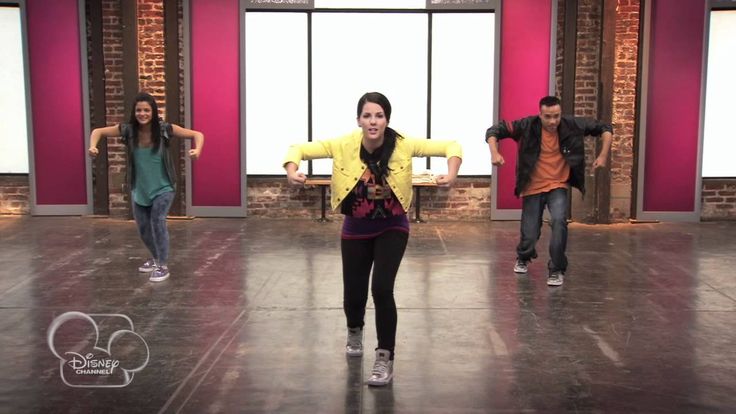
Regardless, you’re going to have an experience where your students are able to get up and move around in a short period of time, yet an extremely effective amount to really increase the energy level in the room.
Below are a few examples of some of the great YouTube videos for Just Dance brain breaks.
Dinosaur Stomp Koo Koo Kanga Roo
This is fun for the younger crowd. Bryan, Neil, Liz, Brinna, and Rose walk kids through how to act like a dinosaur in a fun, quirky dance.
Bryan, Neil, Liz, Brinna, and Rose walk kids through how to act like a dinosaur in a fun, quirky dance.
Before you know it, your students will be singing, “Pick up your foot and stomp it, stomp it…open up your jaws and chomp it, chomp it” and, most likely, you’ll find yourself humming along as well. A well spent 3 minutes and 14 seconds.
Ding Dong Song’ Crazy Frogs Video
Oh boy; if you want to see your students break out some crazy dance moves, this one is for you.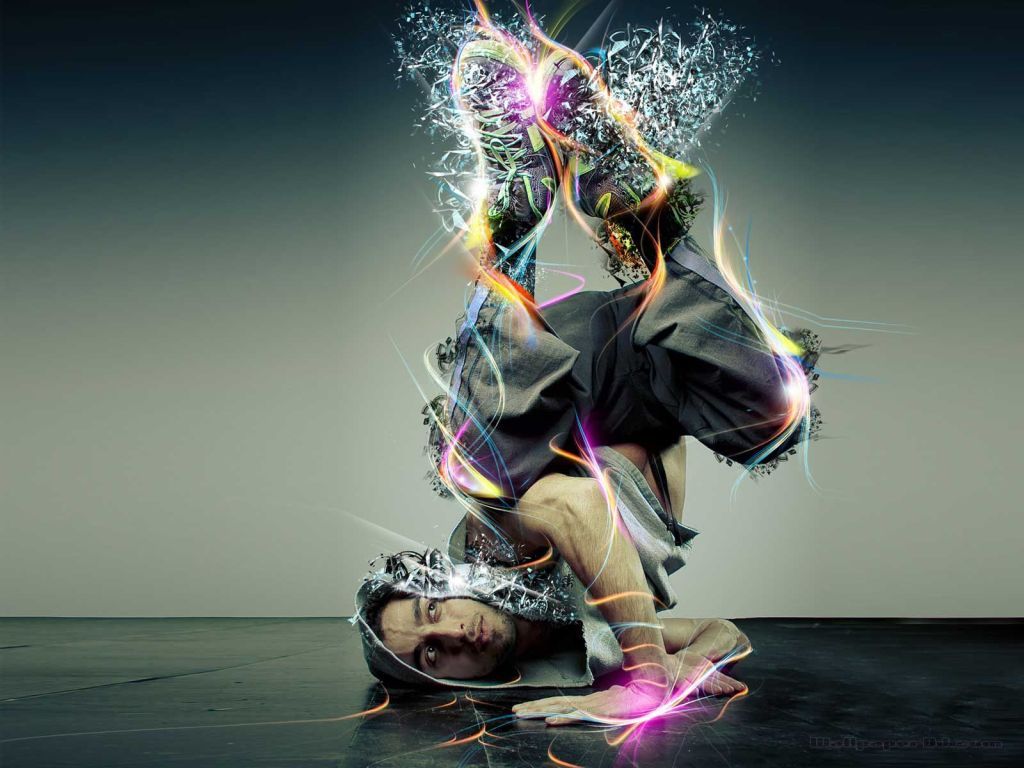 These frogs are super cute and can bust a move. Your students will love joining in on the fun. This one is a bit shorter at 2:19.
These frogs are super cute and can bust a move. Your students will love joining in on the fun. This one is a bit shorter at 2:19.
Cha Cha Slide’ Instructional Video
Who doesn’t love the Cha Cha Slide? This video version (and there are many), walk students through all the moves to be able to master this line dance favorite.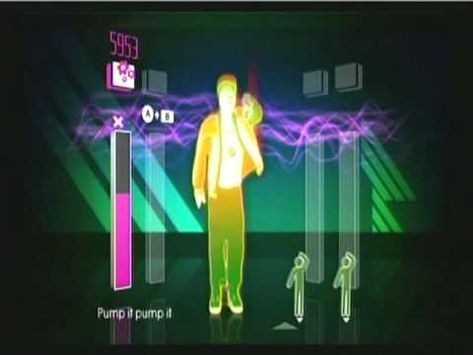 Left foot, two stomps! (3:39)
Left foot, two stomps! (3:39)
Boom Chicka Boom
This “repeat after me” favorite will certainly help get the wiggles out of your younger students. This timeless classic will have everyone chanting “I said a boom chica boom!” over and over again. A little longer, this one is 3:45.
This timeless classic will have everyone chanting “I said a boom chica boom!” over and over again. A little longer, this one is 3:45.
Can’t Stop The Feeling
This one is great because it has a lot of popular elements that the kids will love.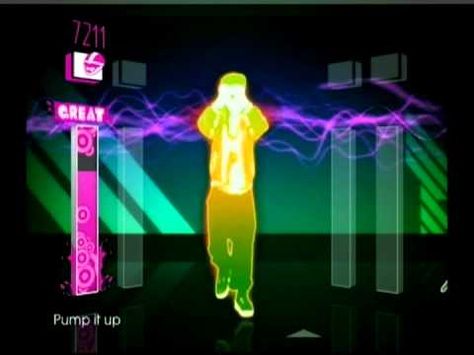 Number 1, it’s from the movie Trolls, which seems to be timeless. The song itself is also a popular Justin Timberlake song.
Number 1, it’s from the movie Trolls, which seems to be timeless. The song itself is also a popular Justin Timberlake song.
To boot, a lot of the dance moves are trendy dances that the kids are doing anyway.
This creates the “perfect storm” of entertainment for younger students (and older ones who may be willing to let their guard down and reminisce a little) which creates some nice buy-in….and it’s 3 minutes.
Apache (Jump On It)
Ahhhh….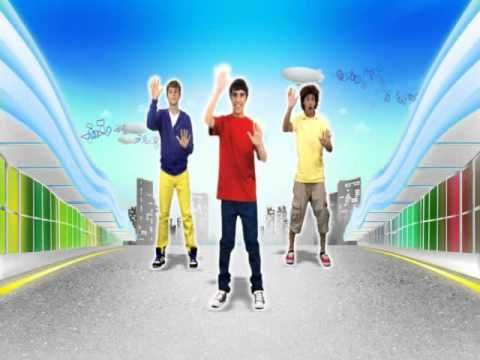 anyone who grew up in the ’80s and ’90s will also want to “jump on” this one! The Apache dance is also timeless and this will also give your students some life skills when they’re at a wedding later on to know some stellar dance moves to a classic song.
anyone who grew up in the ’80s and ’90s will also want to “jump on” this one! The Apache dance is also timeless and this will also give your students some life skills when they’re at a wedding later on to know some stellar dance moves to a classic song.
Plus, introduce them to some Fresh Prince of Bel-Air and they’ll be excited like the rest of us. This one is 4 minutes.
Watch Me (Whip/Nae Nae)
Another extremely popular dance, “Watch Me (Whip/Nae Nae) will certainly have your students get into a dance-off.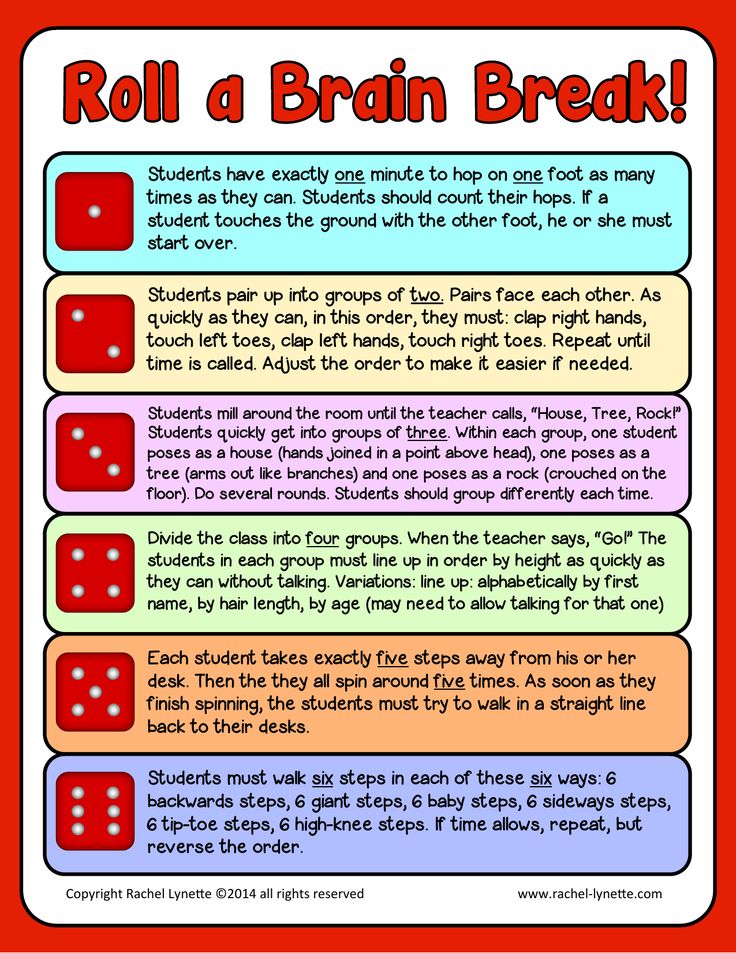 The nice part about this one is that you can be almost guaranteed that some of your students know this dance already….but since it shows the moves, no one feels left out for not knowing the moves to this dance already. This dance is 3 minutes and 30 seconds.
The nice part about this one is that you can be almost guaranteed that some of your students know this dance already….but since it shows the moves, no one feels left out for not knowing the moves to this dance already. This dance is 3 minutes and 30 seconds.
Despacito
Here is another popular, mainstream song, Despacito.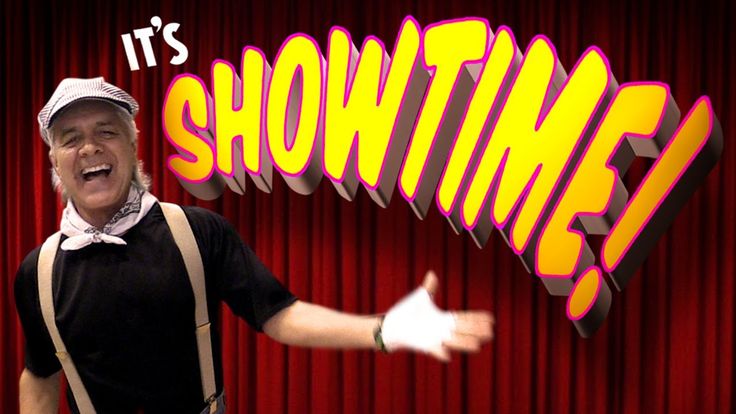 Bonus points that this one can be used in a Spanish class or other multicultural studies class as the song itself is in Spanish. The speed of this song is a bit slower, which is good for classes that may need a dance that is a little less intimidating. This one is also 4 minutes.
Bonus points that this one can be used in a Spanish class or other multicultural studies class as the song itself is in Spanish. The speed of this song is a bit slower, which is good for classes that may need a dance that is a little less intimidating. This one is also 4 minutes.
Just Dance Brain Breaks: A Recap
What I have given you here are just a few quick options for Just Dance brain breaks that can be found on YouTube. I tried to find the ones that might pique the most students’ interest in this list. However, if you go on YouTube and just type in Just Dance, so many options come up.
A fun option before you start this may be to poll your students on what their favorite songs are. I’m not guaranteeing that there is a dance for everyone, but you might be able to find some of them, which certainly would help with some student buy-in.
We’ve all been there when “ our jam” comes on and it just creates a better mood and atmosphere. Being able to do that will certainly help if possible.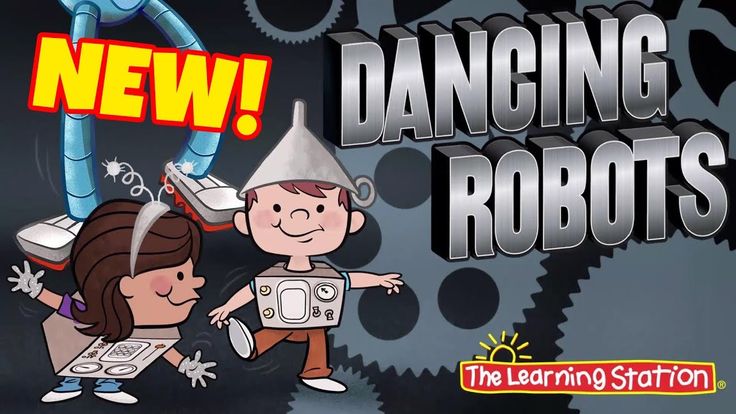
You may want to find your own songs without asking the students, and that is perfectly fine too. You might find a song that somehow connects to what you are doing in class, the time of year, or any other number of options. Again these are only three or four minutes, so even if you find a song that you think is going to go over really well and it ends up being a dud with your students, you can certainly just try a different one.
You could also purposely find one from a different era or one that the students are just not familiar with to add that dance-off challenge aspect. it wouldn’t be terribly fair to add a competitive element when half the class may already know the song or dance and half the class is not. The opportunities are absolutely endless.
So when you notice that your students need an energizing brain break, have your playlist ready and spend three or four minutes getting them up and moving around. Dancing helps on a number of levels. Since the entire purpose of a brain break is to get the blood flowing and oxygen pumping,
Just Dance brain breaks are a perfect option when you really need to perk up your students.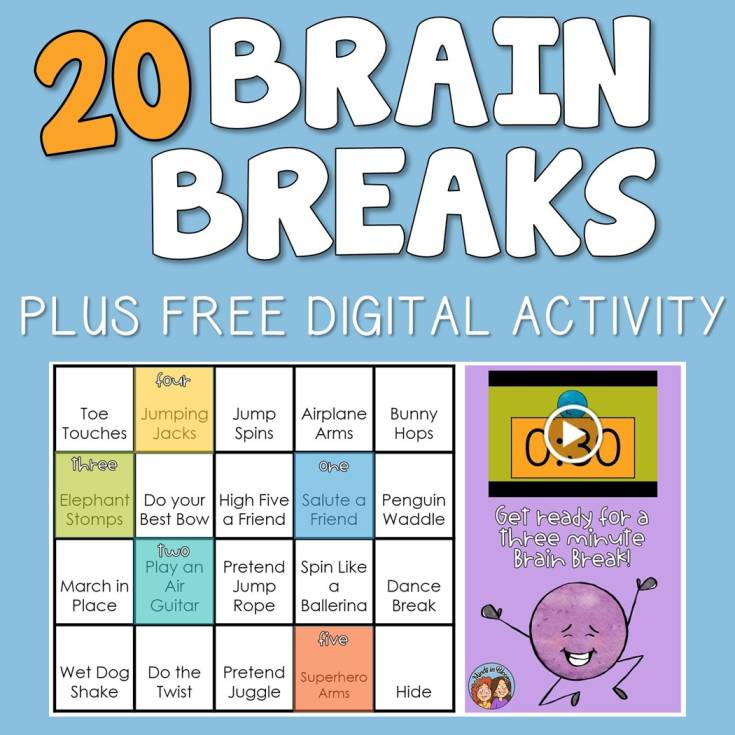 Frankly, you may want to participate yourself if you also need a little boost. A word of warning, try not to get lost in the city of YouTube videos (as that would be easy to do!).
Frankly, you may want to participate yourself if you also need a little boost. A word of warning, try not to get lost in the city of YouTube videos (as that would be easy to do!).
I would certainly suggest as mentioned creating a playlist that you can jump into at any time. you can always add or delete videos from that playlist, but having it ready to go at your disposal makes it easier than having to try to find a song when the moment strikes.
Just Dance Brain Breaks and the 4 Keys
Finding the perfect Just Dance brain breaks for your students isn’t difficult, it just needs to ebb and flow with the students and where they are (physically, mentally, and emotionally). Being flexible is the key to making all of this work. The key is engagement. There are four keys to student engagement that I discuss in my video training challenge called “Finding Your Student Engagement Formula” and it walks you through those four keys and how to implement them in the classroom.
If you are interested in registering (it’s totally free), visit the Finding Your Student Engagement Formula Challenge registration page and you will be notified the next time the series is available.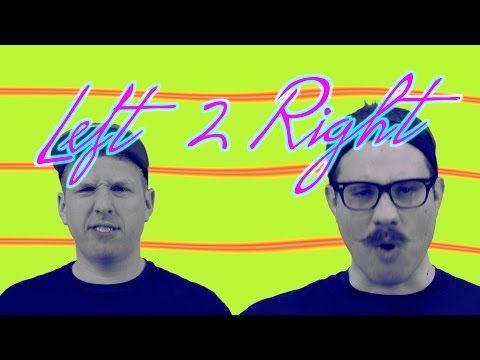
This article was originally published on April 15, 2019
Did you know there are programs that will grade for you?
…and not only do they grade for you, but you don’t have to reinvent the wheel.
Many of these programs take assignments that you ALREADY USE and with the click of a few buttons, you have your own personal teacher’s assistant, giving you your life back.
Imagine having grades for your students instantly…data to immediately answer any questions from parents or administration…and TIME in your life to do what you want to do.
Seems too good to be true? Think again.
First name
Email address
You’ve successfully signed up! Check your email for details.
Dance Breaks | Food & Nutrition Curricula | Food Ed Hub | Tisch Food Center
Teachers: we have a solution for restless, unfocused students. Take a Dance Break! A Dance Break is a free, fun activity that gets kids of all ages moving in the classroom.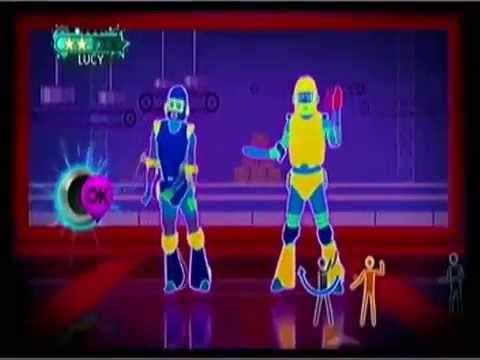 We do the work for you! Videos teach students kid-friendly dance moves to popular songs to get them up and active. After just 8-10 minutes, they'll be back at their desks, calmer and ready to learn.
We do the work for you! Videos teach students kid-friendly dance moves to popular songs to get them up and active. After just 8-10 minutes, they'll be back at their desks, calmer and ready to learn.
Why Dance Breaks?
- They're an easy way to do extra physical activity in the classroom, which is accociated with increased academic achievement.
- You don’t need to be a dancer, our coaches lead the dances at every step!
- Dance Breaks were developed with the help of teachers, are behaviorally focused, and research proven.
Tips: Keeping Dance Breaks Fun and Safe
- Make sure you will be dancing on a non-slippery surface.
- Remove potential tripping hazards, such as cables and wire, and ask students to push in their chairs.
- Have students stand apart from classmates so that they can perform the dance moves without injuring self or others.
- Create a designated dancing area so students know where to go without taking away too much time from their studies.
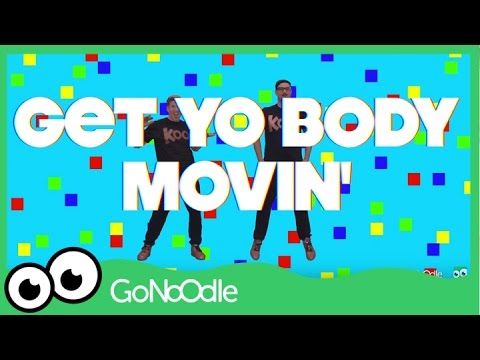
- Assess if any students have health conditions (such as joint problems or asthma) that may prevent them from participating in dance breaks.
- Be enthusiastic, use positive reinforcement, and have fun with your students.
- Don’t forget to stretch! After dance breaks, stretching helps students get cool and calm before returning to their seats.
FAQs
Why are Dance Breaks going to improve my classroom? What are the benefits?
Students' physical activity has been associated with better cognitive performance, so incorporating Dance Breaks into your classroom routine will positive academic effects beyond just physical fitness.
What makes a Dance Break the perfect brain break?
Dance breaks get students active and moving, breaking up their day spent mostly sitting. While giving the mind a break, students are actively keeping their bodies healthy. Dance breaks are good break for the teacher too! Instructional videos lead the classroom, so the teacher doesn't have to.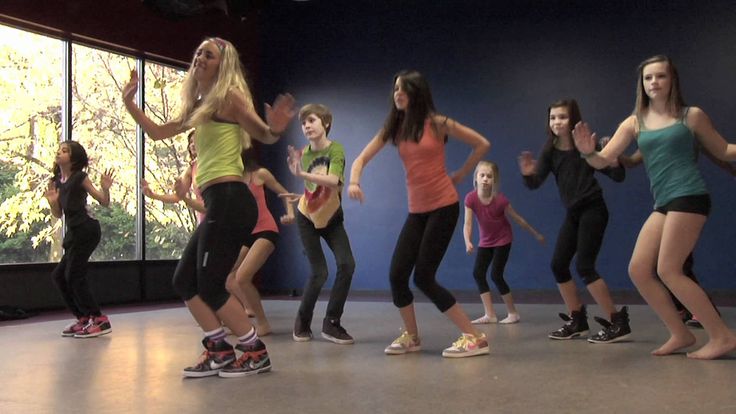
Does it cost anything to use the Dance Breaks resources?
No, Dance Break videos are free to watch and use. Feel free to share them too!
How can I integrate Dance Breaks into my daily classroom routine?
It's important to set up rules and be consistent. Assign spaces to the students so they know exactly where to go when it is time for a Dance Break. Use similar phrases and signals each time to start and stop efficiently. The stretching component at the end will help calm the students before returning to their seats to get back to learning.
Can all students do the moves?
All students can participate to their own ability and make modifications if necessary. The moves do not require dance training, so they are made for all skill levels.
How long will Dance Breaks take?
The instructional videos are each 1-2 minutes long and the actual songs take 4 to 5 minutes to complete. This means that the break lasts between 8 and 10 minutes. Once the students are familiar with the moves, you can use only the dance video, which will shorten the process.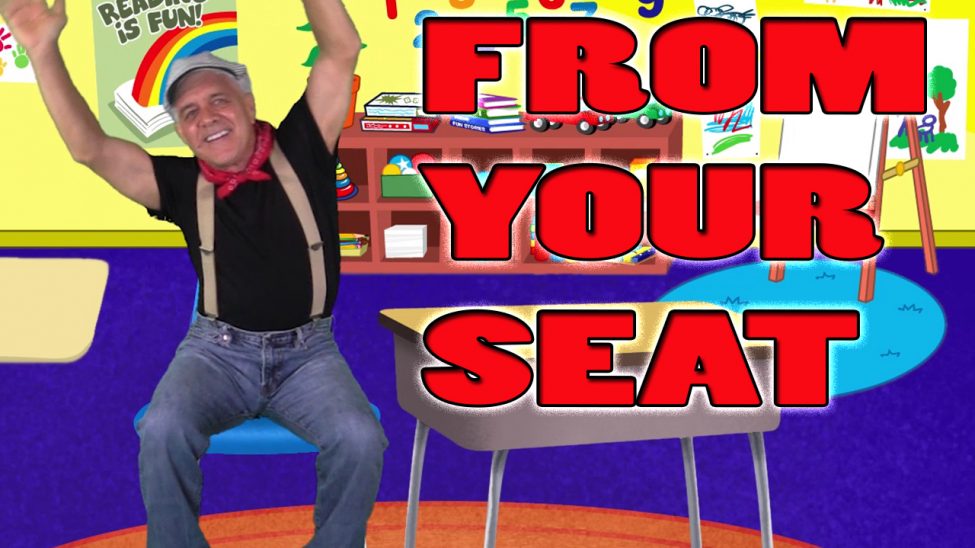
When should a class take Dance Breaks?
Many teachers take a Dance Break once or twice a day, but feel free to adjust to your individual classroom needs.
What if I cannot play music in the classroom or do not have a sound system available?
The Dance Breaks can be done without the music, follow the moves on the screen and you will still get the benefits of the break.
What age students are Dance Breaks designed for?
Students of all ages will benefit from aerobic moves in the videos. Dance moves are simple enough that all school-aged children will be able to follow along.
Are Dance Breaks only designed for classroom?
No. Dance Breaks can be done anywhere. Try them at home too for some fun, simple, and free physical activity.
How do I encourage students who may not want to participate?
Our research shows that 93% of students "liked" or "loved" Dance Breaks. But for those students who may not be enthusiastic, allow students to take turns picking songs, this will get them involved and excited.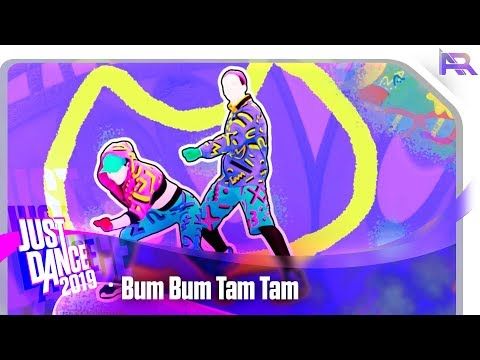 Use positive reinforcement during the activity to let them know that they are doing a great job. Assign a student dance leader and be a role model - do the moves along with the students to make them feel comfortable.
Use positive reinforcement during the activity to let them know that they are doing a great job. Assign a student dance leader and be a role model - do the moves along with the students to make them feel comfortable.
Can Dance Breaks be personalized?
Students can do their own interpretations of the movements as they become more comfortable. Complexity can be increased by adding arm and leg movements together.
Research on Physical Activity and Academic Achievement
-
Levels of fitness associated with better academic performance
-
CDC: The Association Between School-Based Physical Activity; Including Physical Education, and Academic Performance
-
Take 10! In-class Physical Activity Program
-
Classroom based physical activity, cognition, and academic achievement
-
Associations between physical activity, fitness, and academic achievement (9th grade)
How does dancing develop the brain? Scientists' arguments: matveychev_oleg — LiveJournal
Do you already know that physical activity has a beneficial effect on mood and well-being? Scientists have long found out that during training, the level of serotonin in the brain rises, and endorphins cannot do without endorphins.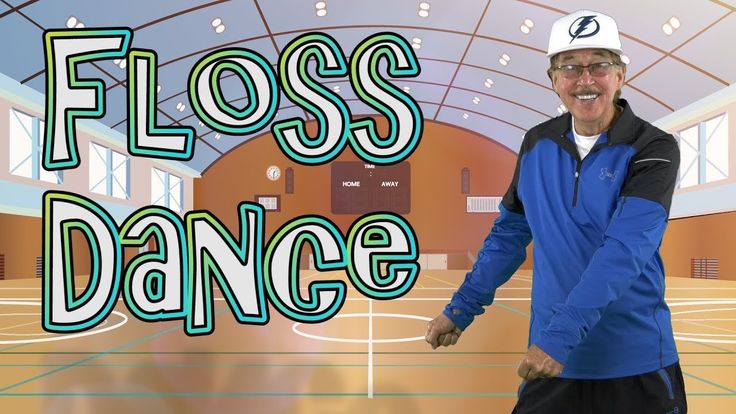 Today, science has gone much further, trying to understand whether dance can improve brain function, and not just improve mood. It became clear that any physical activity affects our mental abilities, but dancing is the most effective. And that's why. nine0003
Today, science has gone much further, trying to understand whether dance can improve brain function, and not just improve mood. It became clear that any physical activity affects our mental abilities, but dancing is the most effective. And that's why. nine0003
The brain is the most complex human organ
Neuroscientists have even suggested that the phrase “my brain” is incorrect. According to Tatyana Chernigovskaya, a well-known Russian neurolinguist, it is more likely that we are 100% dependent on him.
He himself formulates the decision and gives a signal to action to other bodies. He knows how to study. What's more, the brain is learning at any given time, whether we're reading a book or washing dishes.
The most important thing that scientists have proven over the past decades is that the brain is plastic, it can change. An interesting experiment conducted with rats proved that a life filled with impressions, interesting events and constant action (in their case, this is the presence of games with and without comrades), allows you to "grow" a brain that is larger than the brain of those who led a calm everyday life.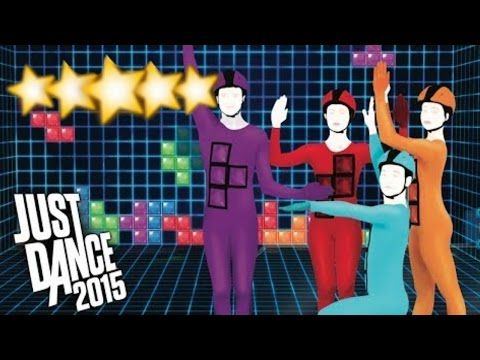 life. nine0003
life. nine0003
A brain that receives more impressions can receive and process more information, learn better, and remember more.
What do you need?
Enriched environment. A world that is filled with colors in the form of new smells, delicious food, intellectual knowledge and, of course, dances, gives rise to more emotions.
Emotions enhance and strengthen memory. These impressions are processed by the part of the brain that is responsible for long memories and, like any regular exercise, trains the organ. It is not by chance that we remember the days when we were very bad and very good, but we remember our first dance lesson even when we lost all our knowledge of mathematics. nine0003
Why dancing?
1) Dancing is not just movement, it is movement to music
When a person listens to his favorite music, the centers responsible for encouragement are activated in his head, we experience inspiration and a feeling of happiness. At the same time, we enjoy physical activity.
At the same time, we enjoy physical activity.
When this happens at the same time, a person experiences an unprecedented emotional upsurge and is completely immersed in the movement, dissolving in it. Therefore, we can make absolutely any physical exercise effective by adding a positive attitude to it - music, a smile and an inner mantra. nine0003
Wendy Suzuki, neuroscientist and author of The Girl Who Fell in Love with the Brain, calls it goal-directed exercise.
2) Dancing is a gentle physical activity
It improves blood circulation throughout the body, and the brain is better supplied with oxygen and nutrients.
3) Dancing reduces the risk of dementia
This is a complex disease in which a person loses memories and is almost unable to learn new things. 13 years ago, Albert Einstein College researchers studied the effects of eleven types of physical activity, and it was the choreographic art that showed the best results. nine0003
4) The brain develops by adapting to loads
Have you ever wondered why ballerinas do not experience discomfort during endless fouettes? Such turns, sooner or later, were bound to lead to dizziness.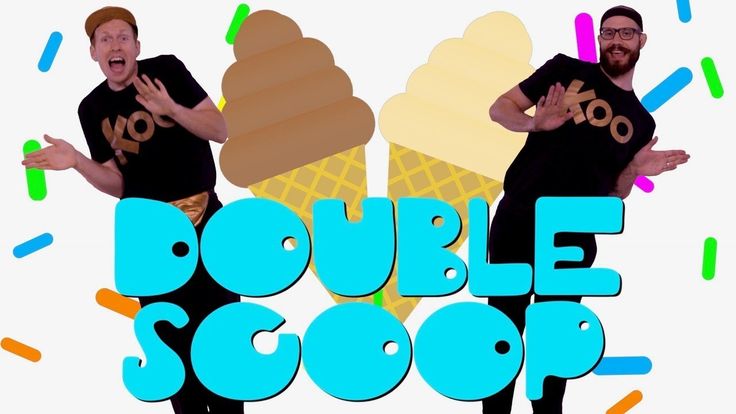
Scientists have studied the perception of turns of ballerinas and ordinary women of the same age and size and have come to the conclusion that training suppresses the very signals that go from the vestibular organs in the inner ear to the brain.
Did you know that you don't have to dance with conscious memory? nine0003
The dance class left neuroscientist Wendy Suzuki feeling dissatisfied for a long time, as she was the worst student in the group. She tried to remember exactly the movements that the trainer showed, using the hippocampus (it is responsible for conscious memory).
Only after a while she realized and tested on herself, and then on her students, that movements involve completely different parts of the brain and it is impossible to control this with consciousness.
“When you hit a golf ball, you don't think about what muscle movements you need to do it. You learn punches by practice, without the participation of consciousness ... I just used the WRONG part of the brain, memorizing the dance! Now all I had to do was to use the basal ganglia instead of the hippocampus - and that's it, you can enter the troupe of Alvin Ailey! I no longer tried to remember the movements of the dance and just tried to focus on making my body move, as the coach showed.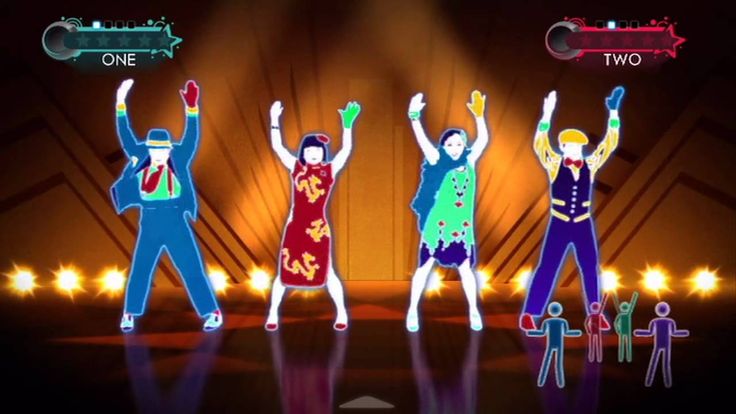 I “surrendered to the flow”, which greatly improved my ability to master the choreography.” nine0065
I “surrendered to the flow”, which greatly improved my ability to master the choreography.” nine0065
What does this mean?
To develop the brain and stimulate memory, it is not necessary to visit 52 countries in a year and study mathematics intensively. You can daily load the brain with new impressions, emotions and knowledge.
Especially strong and diverse load is given by dance classes.
Neuroscientist Wendy Suzuki advises to learn at least one movement a day and repeat it for four minutes to your favorite track. This will create new neural connections that will help the brain work and develop more actively. nine0003
source
Brain and happiness: how to rebuild your neural connections
Skip to contentThe brain and happiness: how to rebuild your neural connections
"Everything that is pleasant in this world is either harmful or immoral or leads to obesity"
Faina Ranevskaya
Happiness and unhappiness are just fragments of our internal reactions to external reality.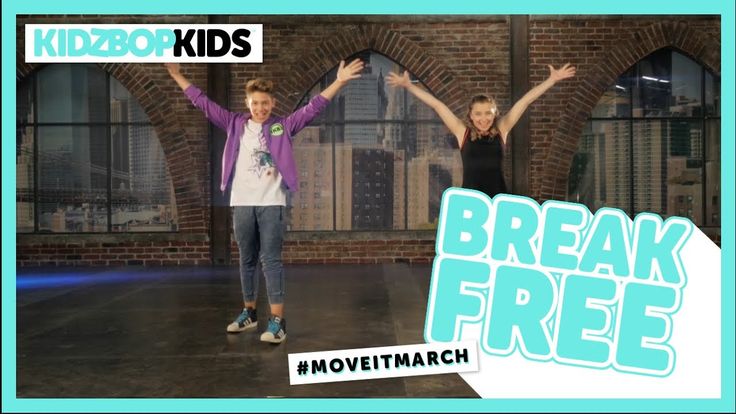 Something happens, nerve impulses convey information about this “something” to different areas of the brain, and those, in accordance with the situation and its interpretation, give us a reaction. That's the whole show. nine0003
Something happens, nerve impulses convey information about this “something” to different areas of the brain, and those, in accordance with the situation and its interpretation, give us a reaction. That's the whole show. nine0003
It is our hormones that act as conductors in the theater of these reactions. Yes, “hormonal happiness”, like hormonal health, certainly consists of the interaction of entire groups of hormones. But there are four charming superstars who play the leading roles in this matter. Their names are already known to many from Loretta Breuning's book "Hormones of happiness: how to train the brain to produce serotonin, dopamine, endorphin and oxytocin."
It was the golden (there is no other way to call them!) thoughts from this book that formed the basis of this article. nine0003
This is the first part (the second part is here ) in which you will learn about the work of our neural networks and teaching the brain to get high from the useful.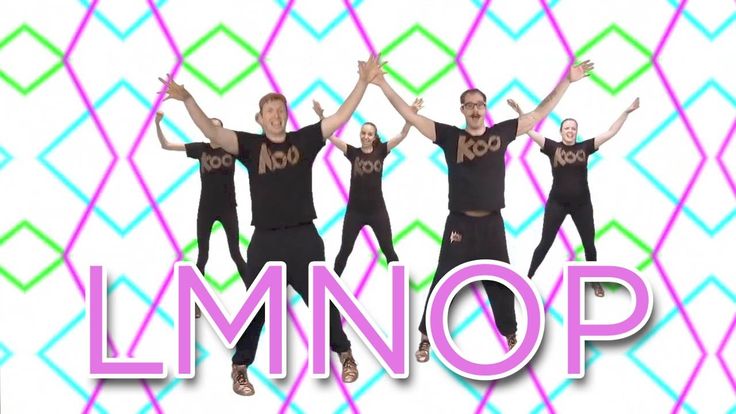 In the second part, we will consider the four “happiness hormones” themselves and learn how to develop them.
In the second part, we will consider the four “happiness hormones” themselves and learn how to develop them.
So get some popcorn ready and let's go!
Survival alone
"Free" "happiness hormones" do not exist in nature. They appear only when something important for the survival of the individual occurs. nine0089
Loretta Breuning
Even in our brightest thoughts, we are always driven by one of three instincts: survival, hierarchy and reproduction. They sit deep in our ancient brain and with a cold hand control everything - our desire to stand out, the need for love and acceptance, and even the desire to solve a difficult economic problem.
And if our neighbors on the planet use the limbic system (in which the "hormones of happiness" are produced) and the reptilian brain to a greater extent, then we have a well-developed cerebral cortex in our arsenal.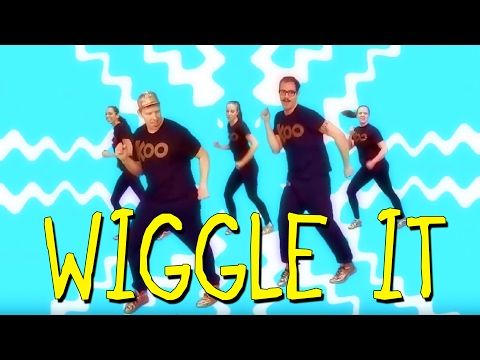 It is she who allows us to invent millions of different ways to realize our instincts, or to deceive the brain that we are doing this and get a hormonal bun. nine0003
It is she who allows us to invent millions of different ways to realize our instincts, or to deceive the brain that we are doing this and get a hormonal bun. nine0003
The problem lies in the same self-deception of the brain. When he, doing something objectively harmful, is internally convinced that this contributes to our survival. And vice versa: useful behavior is accompanied by stress and is interpreted by the brain as a threat to survival.
This part of the article is devoted to this mechanism and work with it.
Unraveling our likes and dislikes
Neural pathways are our habits, skills, and associations ( anchors and imprints ). The problem is that these paths are often laid by pure chance, and lead us in the wrong direction.
There are, of course, good situations. For example, if parents always praised a child for his ability to manage a computer, then powerful nerve pathways will be formed in his brain, “polished” by serotonin and dopamine.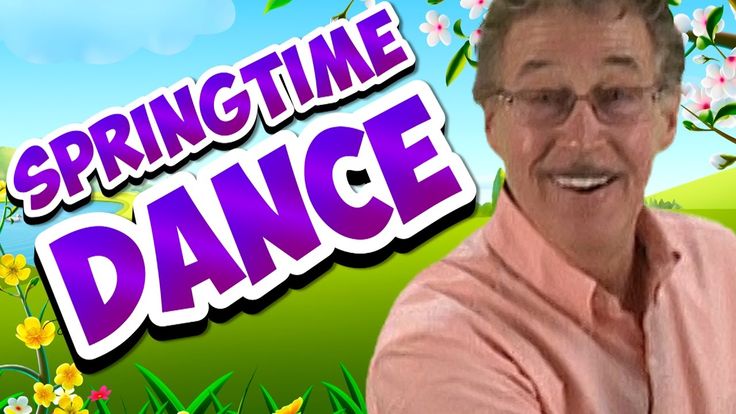 As a result, this activity will become a lasting source of pleasure for him, he will work in this direction and succeed.
As a result, this activity will become a lasting source of pleasure for him, he will work in this direction and succeed.
But it could also be the other way around: this activity was accompanied by negativity, which “polished” this neural pathway with cortisol. As a result, a person hates some kind of activity, and may no longer even remember why. nine0003
This is not only the case with classes, but also with places, people, films, music. Yes, with everything! Moreover, the stronger the accompanying emotion (hormone release), the faster and stronger the neural connections were formed.
“In the end, you may end up feeling positive about what is not so useful, and avoiding what is really necessary. So, you can avoid negativity that has long passed, or you can look for excessive and harmful pleasures. nine0003
For example, as an adult, you will avoid math by remembering how your desk mate used to make fun of you all the time. Or getting too addicted to pizza, remembering the great moments with the family at the pizzeria many years ago.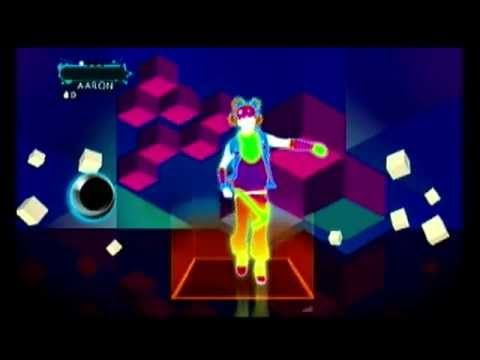 ”
”
But, of course, not only emotions. The second leading violin in the formation of neural connections is number of repetitions. The more often and more regularly an action or behavior is repeated, the stronger the connection.
And this reinforced concrete connection, nourished by a pleasant hormonal surge, even if it leads to an objectively lousy result (unemployment, scandals, obesity, illness), is subjectively perceived by the brain as pleasant and necessary. nine0003
It turns out that neural circuits may well lead us straight to hell or vice versa - straight to profit, and all this without much effort on our part. And all this is formed due to:
1. strong emotion accompanying the formation of a neural connection (the stronger the emotion, the stronger the neural pathway)
2. repeated experience (the more repetitions, the stronger the connection, again).
via GIPHY
0104
There is no freedom from addictions.
But there is freedom to choose your addictions (c)
When it comes to the timid choice between new behavior or habitual, you can be sure that ingrained neural connections will “pull” the blanket over themselves. Electrical signals between neurons in such connections are instantaneous and powerful. There are many synapses (the place of contact between two neurons) and they work efficiently, and the neurons are covered with a special sheath that insulates them like wires, which increases their activity even more. nine0003
That is why, when we act differently from what we are accustomed to, we literally physically feel anxiety and dissatisfaction. The refusal to follow the old neural pathways is felt by the brain as a threat to survival.
These neural pathways took root only because they once contacted us with those very “hormones of joy”. Once our brain associated (perhaps erroneously) these actions with survival, they were reinforced by a positive emotion with repetitions, and that's it, they arrived.
Procedure
1. Build new neural connections based on old ones.
That is, to associate the desired behavior with the habitual and pleasurable. For example, you need to start looking for a job. You understand that this is (most likely) a difficult undertaking and not for one week, and you delay it as much as you can. To make it easier for yourself, you need to connect this process with something you enjoy - for example, gatherings in a coffee shop. Come to your favorite cafe, grab a latte, sit down and start your marathon with 2 hours a day. In a few days (or a week, whatever) you will feel much better, especially when progress is made and dopamine begins to be produced. nine0003
Or another example. You want to start exercising. So pair your sport with something you already love: listening to your favorite podcast, getting a post-workout massage, wearing some cool new sportswear, or asking a friend to work out with you.
It all seems banal, but in fact it is a powerful linking of new neural connections with old ones, anchoring the unpleasant with the pleasant.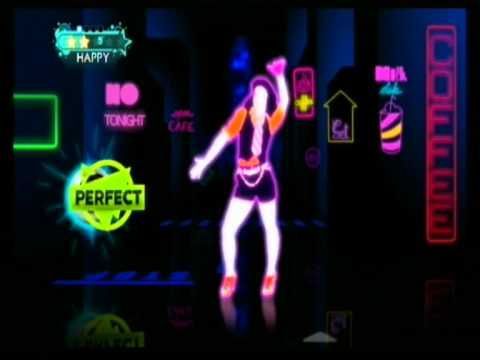 You need to understand that creating completely new synapses between neurons is a very laborious task. And the older you get, the harder it is. nine0003
You need to understand that creating completely new synapses between neurons is a very laborious task. And the older you get, the harder it is. nine0003
Facilitate the task by involving in the creation of existing connections, patterns.
2. Always replace unwanted behavior with something pleasant but not harmful.
Depriving us of the habitual, we experience the wildest discomfort and anxiety, this is not a secret. To avoid this discomfort, our brain literally “pushes” us to do something. Most often some kind of garbage. Therefore, for example, ex-smokers often gain weight, looking for replacements in food. Food saves them from anxiety and quickly "gives out" a portion of the necessary hormones. nine0003
That's why it's important to choose a pleasant substitute for , but without harmful side effects. For some it will be drawing, for others it will be reading books, for others it will be dancing, for others it will be work.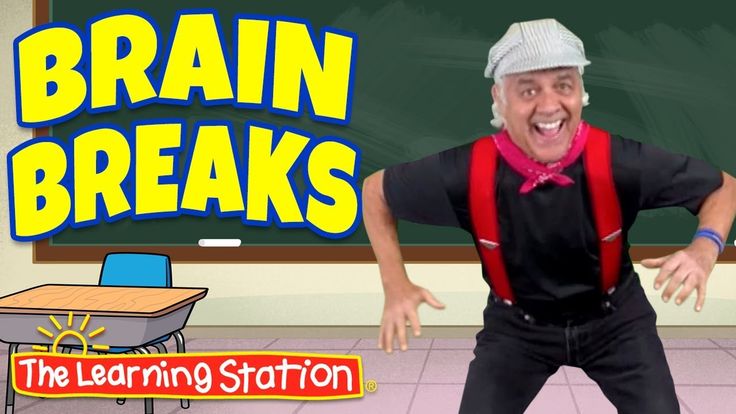 Everything is very individual. Someone, as in the job search example, can drink a liter of coffee in a coffee shop and never start looking for a job. So, he chose the wrong “neural bundle”. Therefore, it is important to find something of your own by trial and error.
Everything is very individual. Someone, as in the job search example, can drink a liter of coffee in a coffee shop and never start looking for a job. So, he chose the wrong “neural bundle”. Therefore, it is important to find something of your own by trial and error.
In the animated series "Hey Arnold!" there was a cute episode about a boy addicted to chocolate. He was advised to replace chocolate with carrots and ended up becoming addicted to carrots. To some extent, that's how it works. nine0003
3. Get over the initial feeling of rejection.
“The first step should always be to be willing to do what we initially don't like at all. This is difficult because the brain trusts its first impressions a lot. You're not in too much of a rush to make friends with someone you don't like, or listen to music on the assumption that you'll like it.
But now you know that often your feelings can be based on random life experiences and do not reflect the whole situation.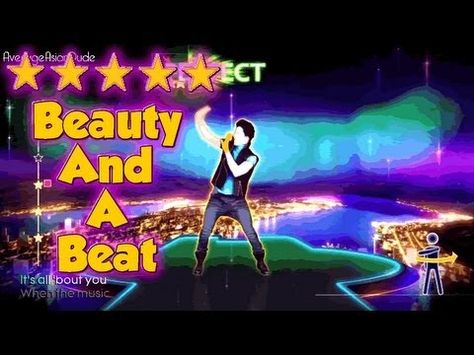 Your random neural circuits make you feel threatened when you veer off the beaten track. nine0103 If you choose to avoid anxiety by sticking to old neural connections, you are missing out on a huge number of new opportunities to achieve happiness.
Your random neural circuits make you feel threatened when you veer off the beaten track. nine0103 If you choose to avoid anxiety by sticking to old neural connections, you are missing out on a huge number of new opportunities to achieve happiness.
4. Repeat the desired behavior regularly, even if you don't want to.
Synaptic connections between neurons can be created without the participation of emotions (hormones), but this will require multiple repetitions.
If the behavior is constantly activated, the transmission of electrical signals in this neural network becomes more and more efficient, and connects more and more tightly with the production of “happiness hormones”.
If the neurons are not active for a long time, they disappear.
This is all the flexibility and economy of nature.
It can take anywhere from a few days to a few months for the right behavior to associate with "positive hormones.